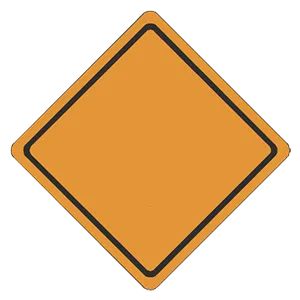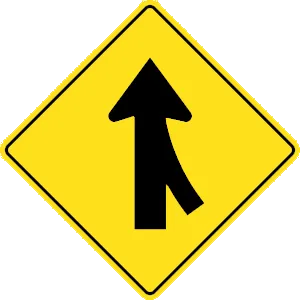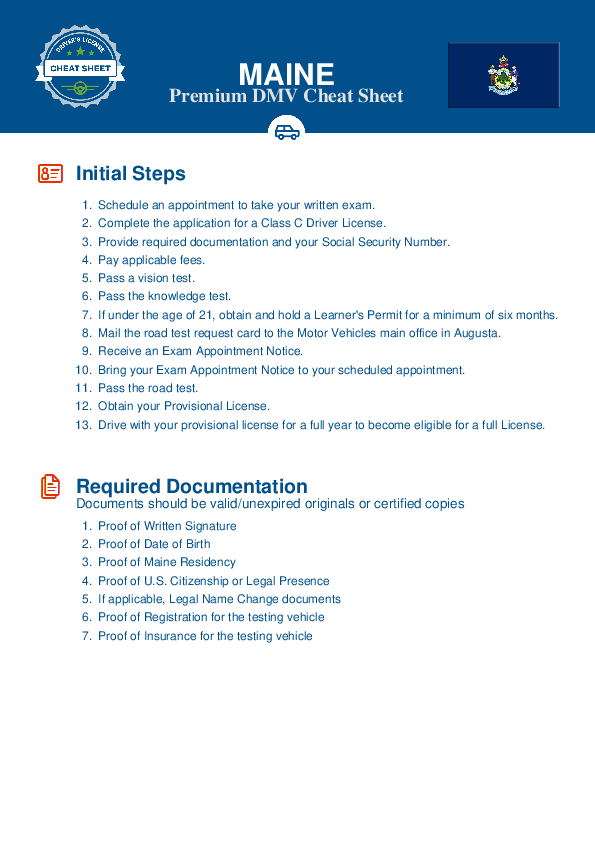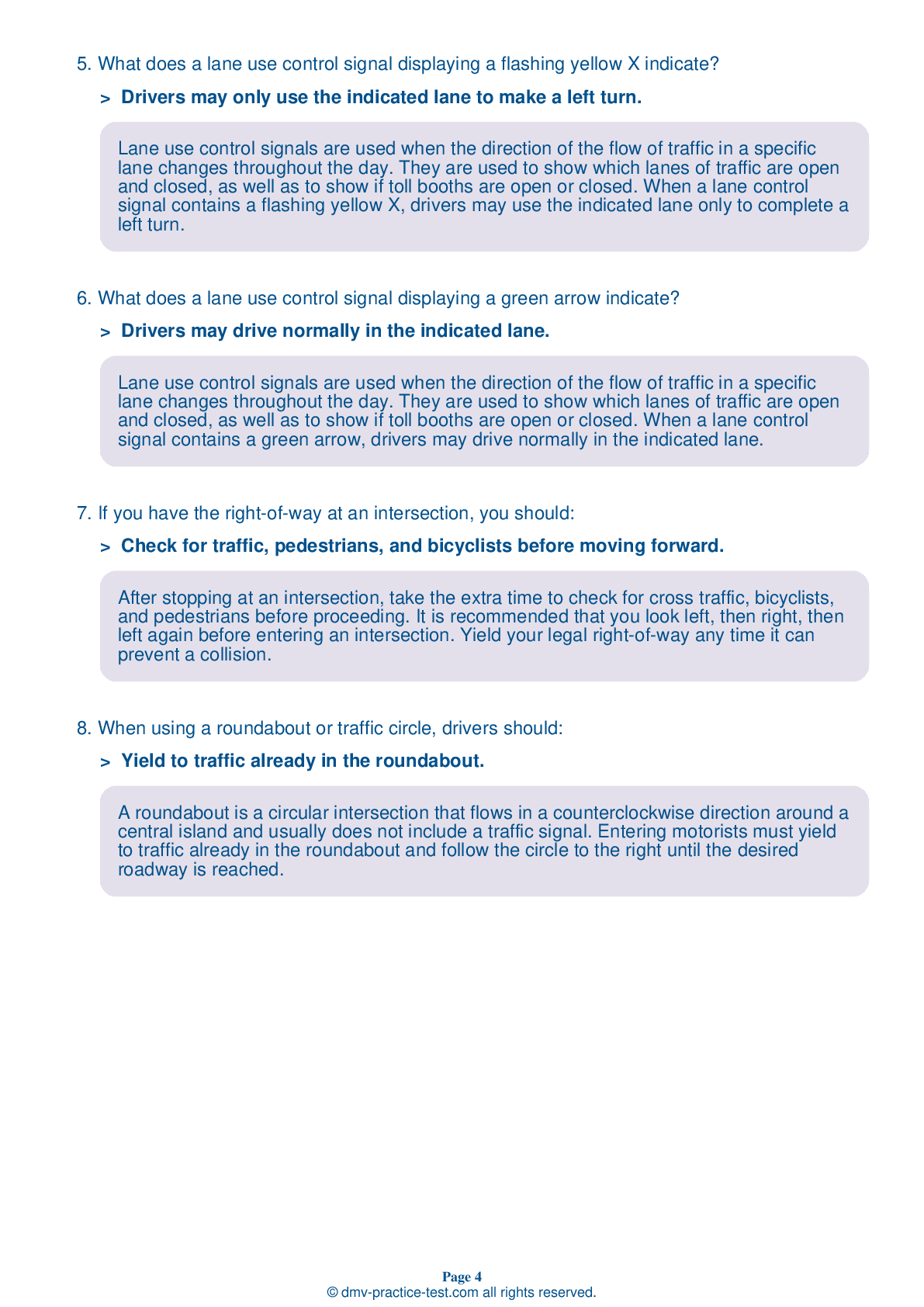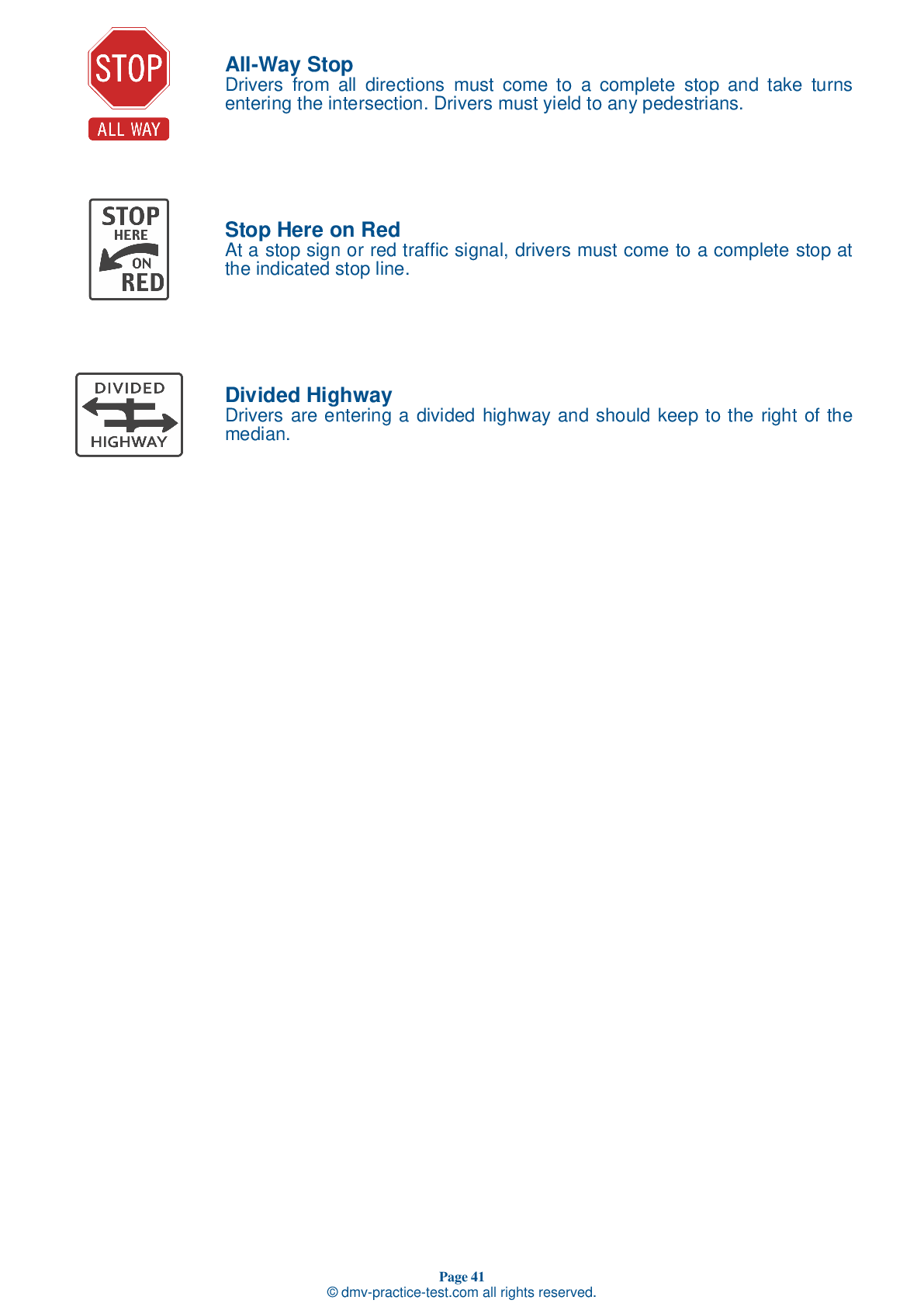FREE Maine DMV Practice Test #6 Page 3 of 7
For January 2025, Maine's DMV practise exams have been updated. It includes questions based on the most important traffic signals and legislation for 2025 from the Maine Driver Handbook. To study for the DMV driving permit test and driver's licence exam, use actual questions that are very similar (often identical!) to the DMV driving permit test and driver's licence exam.
Each question on the practise exam has a tip and explanation to help you recall the ideas. Questions about traffic rules, traffic signs, and driving statutes, as well as knowledge from the Driver Handbook, will be included in the written portion of the official Maine DMV test.
You must properly answer 50 of the 60 questions to receive a passing mark. To help you prepare for your Maine instruction permit or driver's licence, take our DMV practise test.
The DMV exam is offered in a variety of languages.
Using any form of testing help will result in an automatic fail, and the DMV may take further action against your driver's licence, so avoid it.
17 . What does a traffic signal with a yellow left arrow indicate?
When a protected turn arrow changes from green to yellow, drivers must prepare to yield to oncoming traffic. A yellow arrow indicates that the protected left turn is ending.
18 . Safety belts help you stay alert by keeping you from slouching while you drive.
Safety belts help you to stay alert by keeping you from slouching while you drive. They also help keep you from getting tired by cutting down the effort needed to keep your body in the seat as the car bounces and turns.
19 . A steady red arrow displayed on a traffic light means:
If a traffic signal is displaying a steady red arrow, traffic in the indicated lane may not proceed in the direction shown by the arrow. Drivers must come to a full stop and wait for a green signal to proceed.
20 . The best way to deal with tailgaters is to:
Check the traffic behind you several times a minute to know if another driver is tailgating, approaching too fast, or trying to pass. If another car is following you too closely, slow down and let it pass. Most rear-end collisions are caused by vehicles following too closely.
21 . This sign means:
